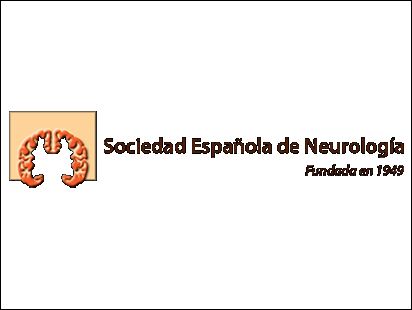Literature Review (Grey)
Coronavirus is a family of ARN positive single-stranded belonging to the family of Coronaviridae. There are several families of coronavirus that transmit more or less serious diseases. However, the so-called coronavirus-19 (SARS-CoV2) is the one that is currently causing most of the problems; in fact, biological dysfunctions that this virus causes provoke damage in various organs, from the lung to the heart, the kidney, the circulatory system, and even the brain. The neurological manifestations caused by viral infection, as well as the hypercoagulopathy and systemic inflammation, have been reported in several studies. In this review, the authors update the neurological mechanisms by which coronavirus-19 causes neurological manifestation in patients such as encephalomyelitis, Guillain-Barré syndrome, lacunars infarcts, neuropsychiatry disorders such as anxiety and depression, and vascular alterations. This review explains (a) the possible pathways by which coronavirus-19 can induce the different neurological manifestations, (b) the strategies used by the virus to cross the barrier system, (c) how the immune system responds to the infection, and (d) the treatment than can be administered to the COVID-19 patients.
Merino JJ, Macho-González A, Benedi J, González MP. Neurological manifestations of COVID-19 in patients: from path physiology to therapy. Neurol Sci. 2021 Aug 21. doi: 10.1007/s10072-021-05505-7.











